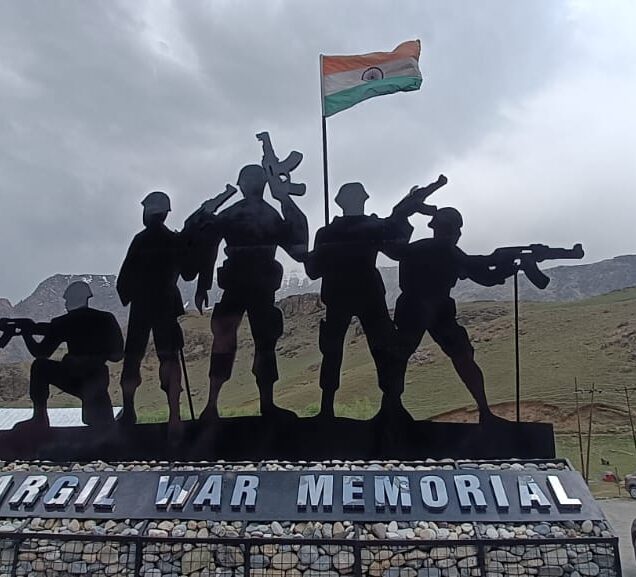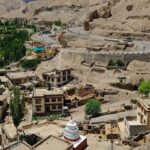

Kargil: A Strategic Crossroads with Rich History and Stunning Natural Beauty
Kargil has been a critical juncture of trade and military strategy, particularly due to its location on the ancient Silk Road. The region’s strategic importance has been highlighted by historical conflicts, including the Kargil War of 1999. Its diverse cultural influences are evident in the unique blend of Ladakhi, Muslim, and Tibetan traditions.
Top Attractions:
- Kargil War Memorial: Pay tribute to the soldiers who fought in the Kargil War and learn about the region’s military history.
- Suru Valley: Explore this lush valley known for its picturesque landscapes and traditional village life.
- Rangdum Monastery: Visit this remote monastery, which offers tranquility and panoramic views of the surrounding mountains.
- Local Markets: Experience the bustling markets of Kargil, which offer a range of local crafts and foods.
What To Do:
- Historical Tours: Visit the Kargil War Memorial and other historical sites to understand the region’s strategic significance.
- Scenic Drives: Take scenic drives through Suru Valley and to Rangdum Monastery to enjoy breathtaking views.
- Cultural Interactions: Engage with the local communities to experience the diverse cultural heritage of Kargil.
- Photography: Capture the contrasting landscapes of the valley and the vibrant local markets.
Sights
Map
Info
- Strategic Location: Kargil’s location on the Srinagar-Leh Highway has historically made it a crucial trade and military post, influencing its strategic importance in regional history.
- Diverse Cuisine: Kargil is known for its diverse culinary influences, with flavors from Tibetan, Muslim, and local Ladakhi cuisines blending to create a unique food culture.
- War Legacy: The Kargil War Memorial is not just a tribute to soldiers but also serves as a reminder of the geopolitical significance of the region.
- Tiger Hill: Tiger Hill, a prominent peak in the Kargil region, was a key battleground during the Kargil War of 1999. The summit’s strategic importance and the intense combat that took place there make it a symbol of bravery and military significance.
- Drass: Drass, known as the “Second Coldest Inhabited Place on Earth,” is located in the Kargil district. Its extreme winter temperatures and historical significance as a strategic outpost make it a unique destination.







